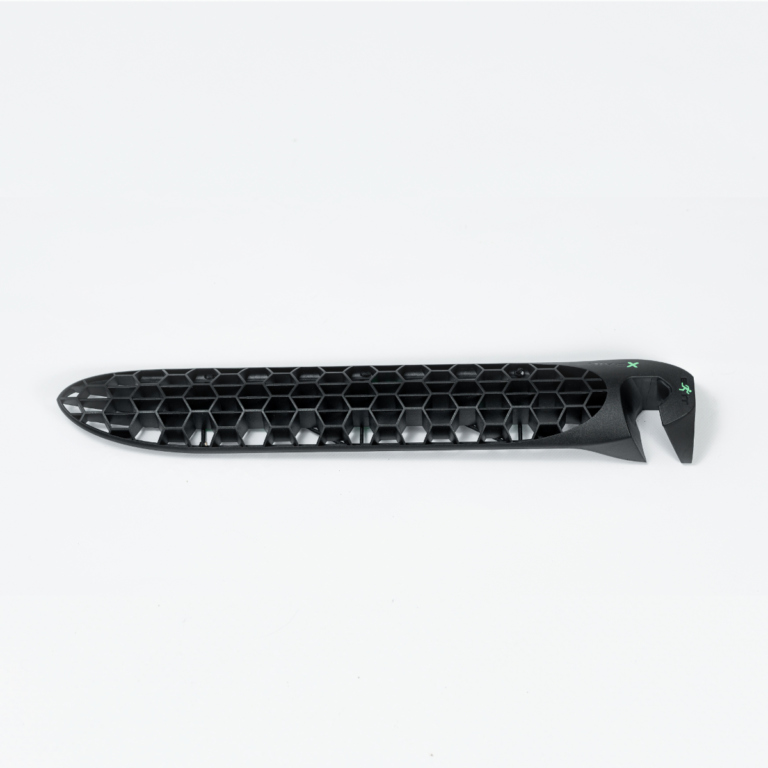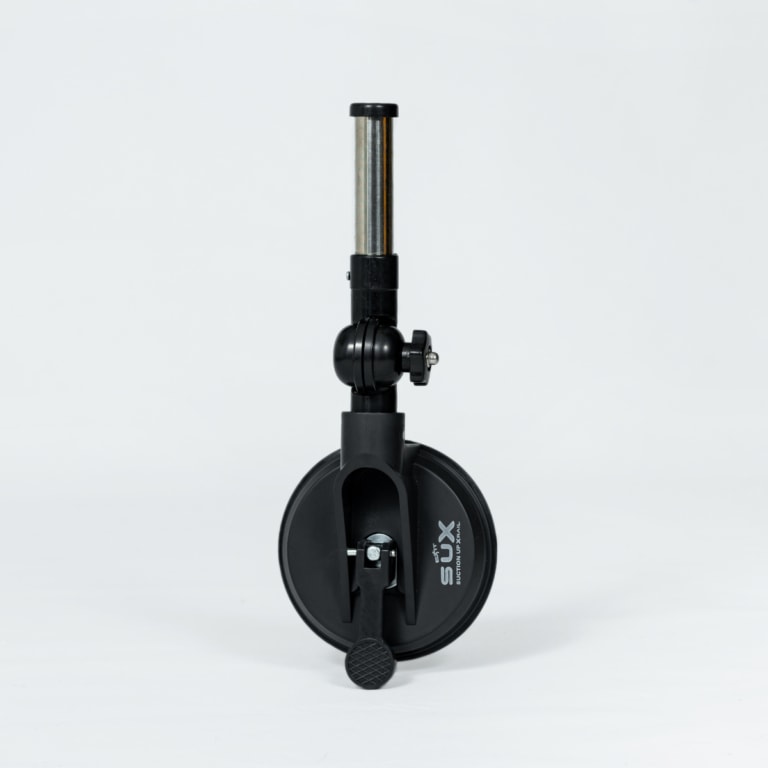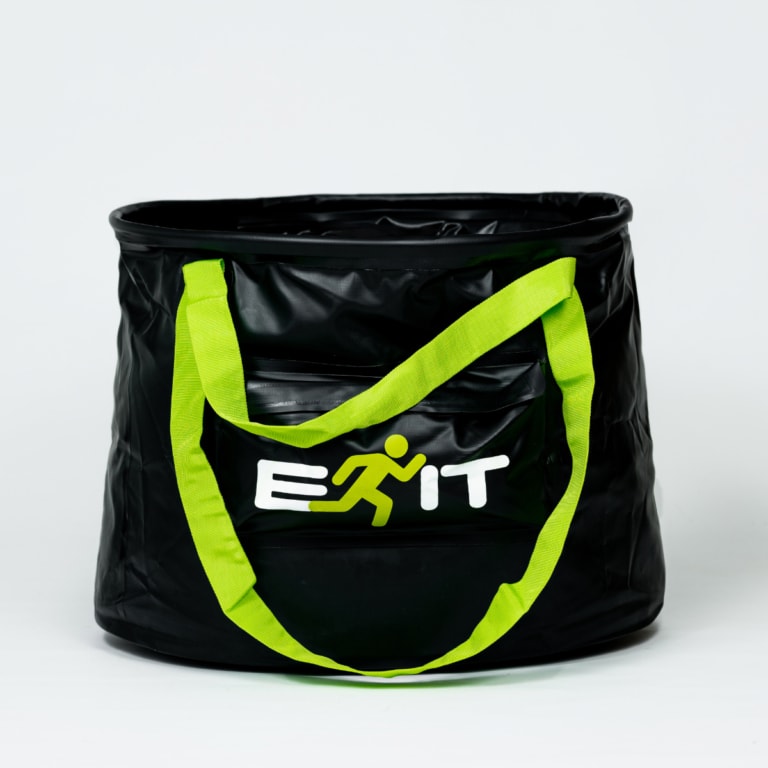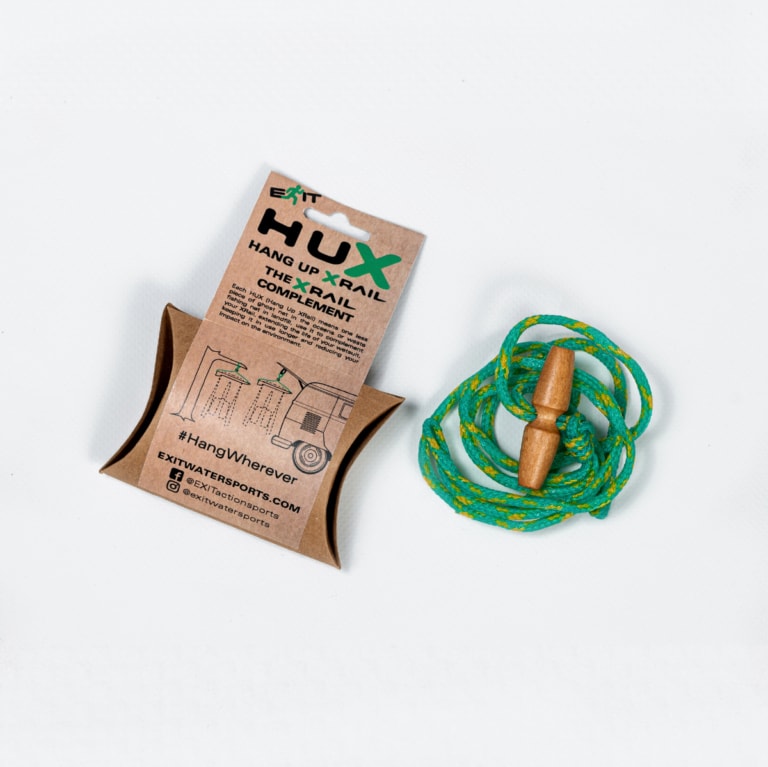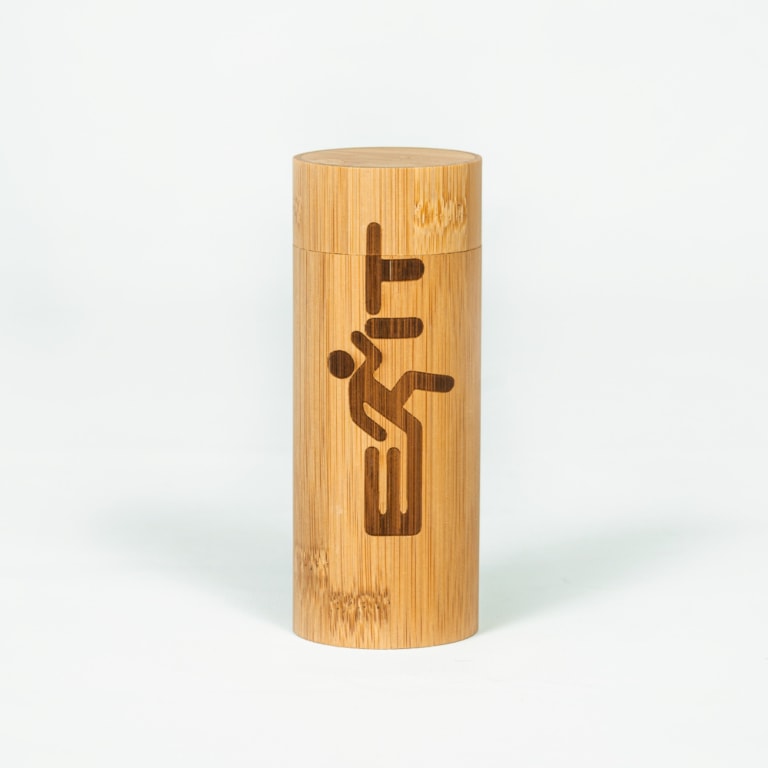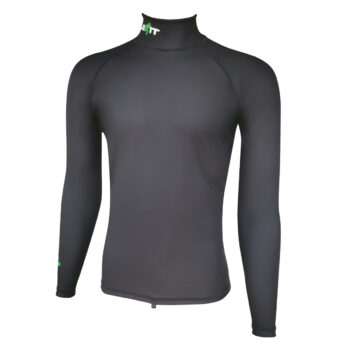Wing foiling is the number one sport and talking point within water and foiling sports. Appealing to many different types of rider it’s a way to harness the wind and/or waves in ways nobody had even considered in years gone by (apart from a very small minority). At the time of writing wing foiling is continuing to grow exponentially across the globe. Here at EXIT, we’re big fans of foil winging. This article gives seven reasons why winging is awesome fun.
Table of Contents
A note on wing foiling essential accessories.
Wing foiling, as with all watersports, relies on riders wearing the right gear. By this we mean wetsuits, booties, gloves and hoods if you happen to reside in a cold water spot. Which most of us do.
-
XRail wetsuit hanger | Exit watersports accessories
€34.90 incl. VAT -
BUX wetsuit change bucket | Exit watersports accessories
€49.90 incl. VAT -
HUX Hang Up for the XRail | EXIT watersports accessories
€16.90 incl. VAT -
FYX wetsuit repair kit | Exit watersports accessories
€17.90 incl. VAT -
XTend windchill blocking top | Exit watersports accessories
€79.90 incl. VAT
Being protected against the elements is key. Especially when you start your windsurfing journey. Therefore having a dry and comfortable wetsuit, that doesn’t have its integrity compromised by lack of care, is a must. EXIT’s complete wetsuit care system – featuring the XRail wetsuit hanger, BUX change/carry bucket and SUX suction up rail will keep your wetsuit performing its best and dry it thoroughly for that next foil wing session.
Wing foiling history 101.
As soon as windsurfers learnt how to plane a handful of mad scientists began tinkering with alternative ways to catch the wind and propel boards forward. Back in 1981 Jim Drake and Uli Stanciu started tinkering with hand wings. This was, of course, pre-hydrofoil technology that we see today. By 1982 a fully functioning prototype was being put to use. Soon after French designer Roland Le Bail created a similar wing product. Which saw a number of brands develop and bring to market wings in various guises. Although these never quite took off.
In modern form Slingshot’s head designer Tony Logosz made the first Slingwing prototypes and began experimenting with them at his home spot in The Gorge. He used them in conjunction with his windsurf foiling boards and saw a decent amount of success. Maui’s Flash Austin then tried inflatable wings with a SUP foil which prompted Duotone’s Ken Winner to create his own version. The first Duotone wings landed en masse during spring 2019. Renowned windsurfer and waterman Robby Naish, along with fellow water legend Pete Cabrinha has also cottoned onto the idea of wing foiling and their respective brands launched their own foil wing equipment. To find out more history of wing foiling check out this article.
1. You can wing foil anywhere with water and wind.
For many – especially kitesurfers who are limited by where they can launch and ride – windsurfing’s ability to make use of any location is tangible. Previously spots that were deemed too sheltered, gusty, inland or with tricky launch spots are all opened up by winging.
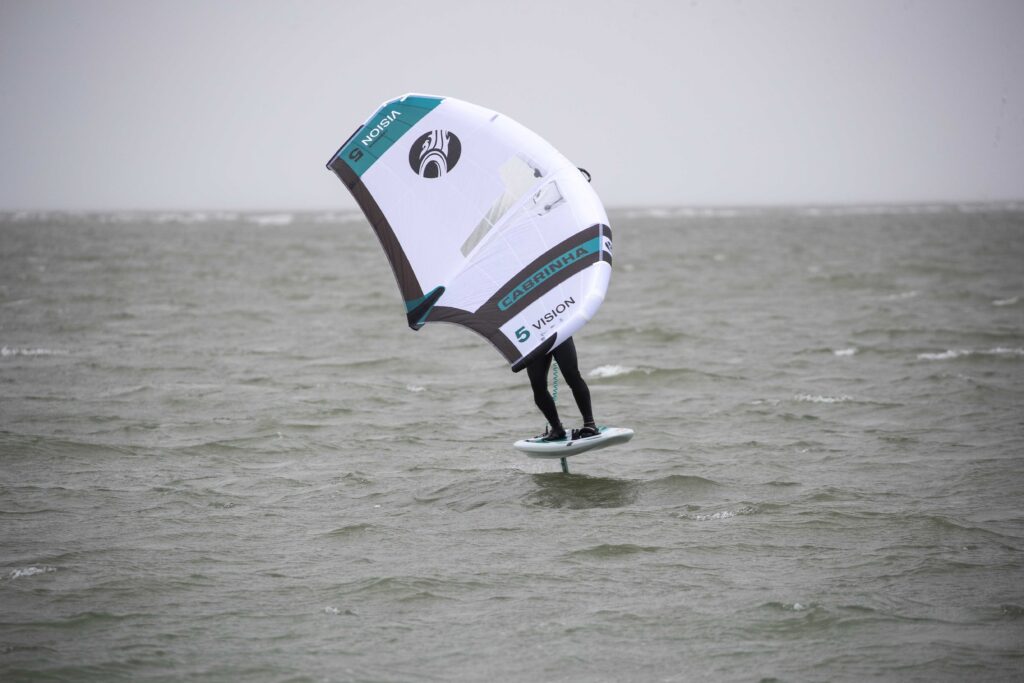
There’re no restrictions on where you can ride in theory. As long as the water depth is enough to accommodate a foil you’re good to go. Although, it should be noted that in some parts local restrictions and bylaws may still be prohibitive.
2. Foil wing gear is relatively compact.
Wings themselves are inflatable by nature. At the least wings riders use on the water are. Some manufactures do make rigid air frame wings but these aren’t generally considered right for winging because they sink. Simply being able to inflate and deflate your wing relatively quickly cuts down on transport and storage issues.
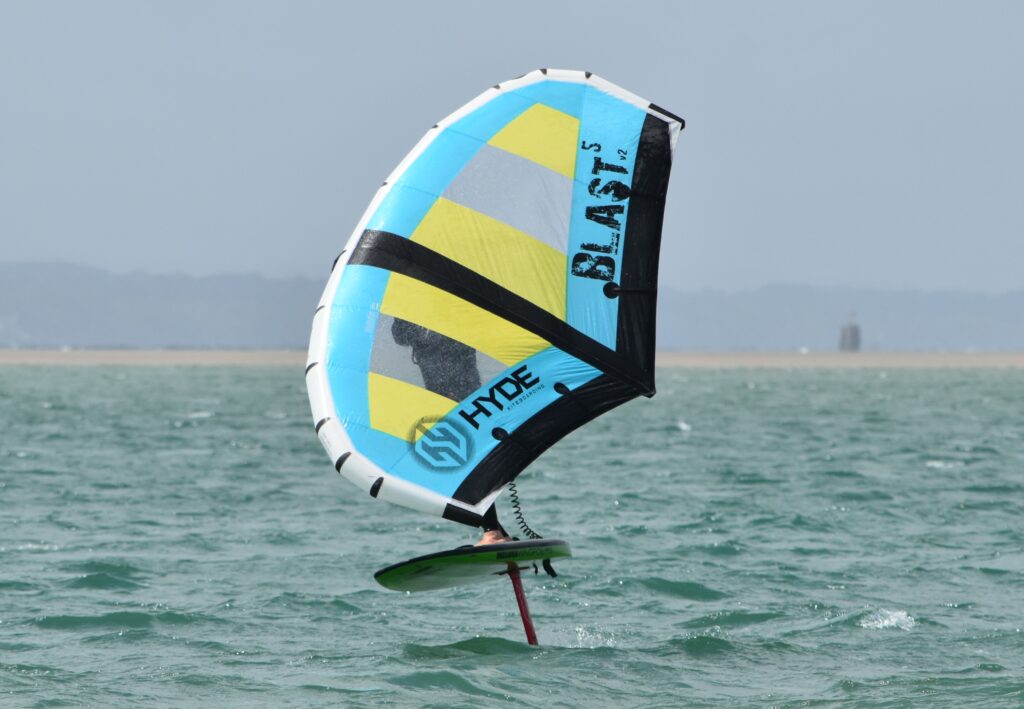
It’s the same with boards and foils as well. Windsurf boards are generally shorter, narrower and lower volume than windsurf boards for instance. Whilst most reputable hydrofoil brands produce gear that’s modular and easy to unbolt and breakdown.
3. Equipment is versatile.
Any rider getting into foil winging will be doing so with winging in mind first and foremost. But it shouldn’t be forgotten that foiling equipment is versatile. Foils themselves are usually multi-purpose. But boards can be as well.
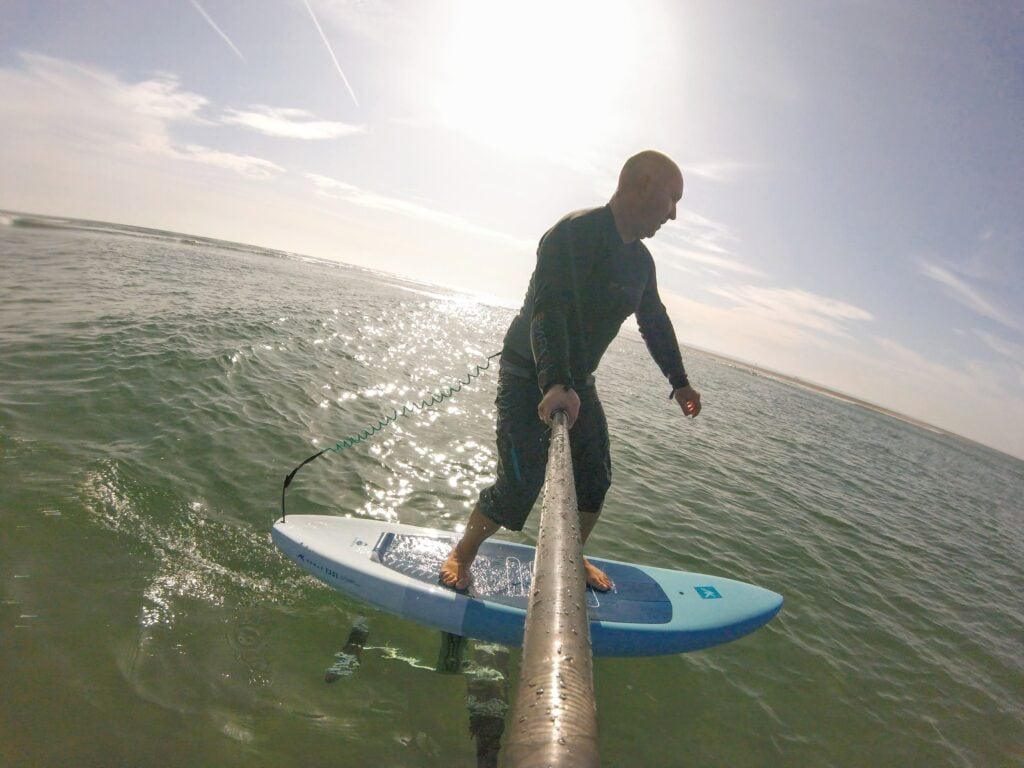
The same board/foil combo you learn to wing and progress with can often be used for SUP foiling waves. Being towed behind a boat is another scenario. As you work your way down the board size spectrum prone surf foiling with the same sled opens up. Perhaps flat water foil pumping as well.
4. You can get away with less kit.
There’s no question wing foiling equipment is expensive. And yet, it’s not as pricey as it could be due to the mass manufacturing and cheaper materials producers have access to. Also, you don’t need as much gear as with other watersports. One board, one foil and perhaps two wings is enough.
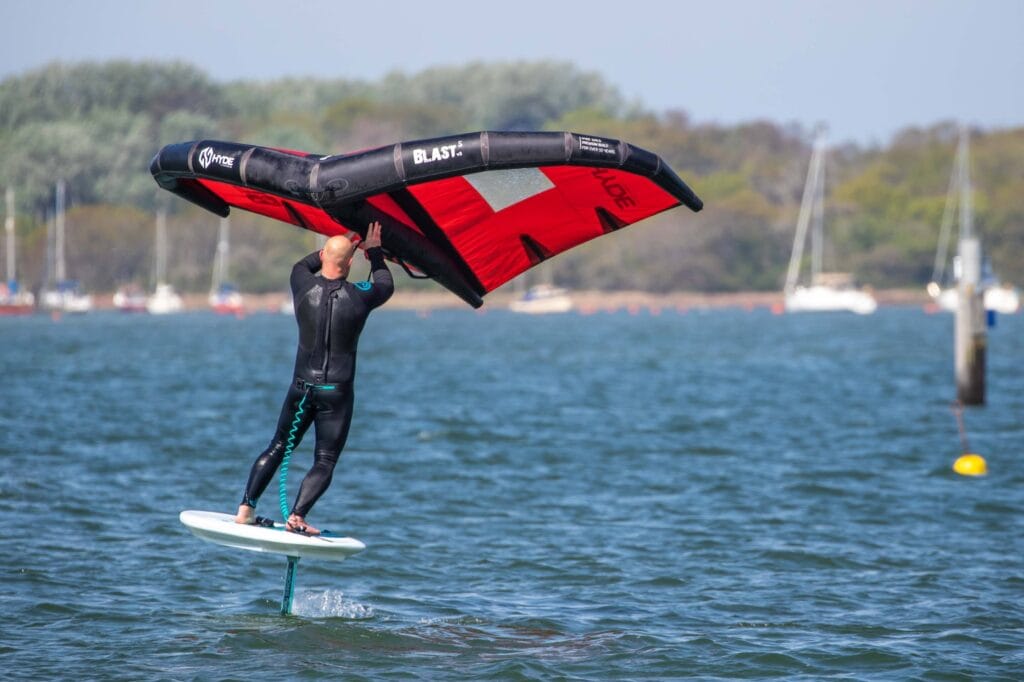
Want and need, however, are two different things. When trying to search out new sensations and eek performance from gear it’s no surprise keen wingers will own more than just what they need. Looking to maximise time on the water, enjoy the ability to sail in multiple conditions and experiment with kit means many foilers will have a quiver of gear. Foiling of any discipline is addictive, after all.
5. You don’t need lots of wind.
Possibly one of the biggest draws to the sport is winging’s efficient ability to make use of lighter breeze. Sub 20 knots (from around 15-20) is easily doable for riders with the right equipment and having gone past those initial learning stages.

Sub-15 knots riding – down to around 8 – is also doable. Although, this becomes a bit more technical in terms of rider skill. You probably need additional gear to take full advantage of super light wind. Wide span high aspect foils and the new generation of long and narrow foil boards are where the sport has gone with regards to non-planing wind speeds.
6. Wave riding is dreamy with a foil.
Another attractive prospect with wing foiling is the ability to ride waves efficiently. We use the term ‘waves’ loosely. As a foil’s capability means even small wind-blown bumps can be attractive. Gliding on runners, your wing flagged out behind or to the side looks amazing. And can open up the world of wave riding to those who don’t reside or have access to spots with juice.
Foiling’s wave performance is one reason that riders from sports such as surfing have taken up the sport. Broad-minded surf shredders now see the appeal of wing foiling on blown-out days and can still get their swell fix. This example of the wide net of versatility windsurfing has cast.
7. Wing foiling is a freer moving watersport when compared to many.
Being unencumbered by a harness (such as with windsurfing and kitesurfing) and not having your power attached by anything other than your hands (and leash) winging is a sport with complete freedom of movement. Riders feel less restricted and able to do things that wouldn’t normally be the case with their other disciplines. OK, you can wear a harness if desired. But you don’t have to.
Wing foil manoeuvres can feature all sorts of spins, backwinded, behind the back, rotations and transitions. And all without the need to get airborne (although boosting and getting inverted is certainly there for the taking if you wish).
Summing up.
Reading this article it’s no surprise as to why wing foiling has exploded in popularity and continues to attract new recruits. And as far as equipment goes the kit’s becoming easier and easier to use and get started with. WIng foiling isn’t easy per se. You still have to put the time and effort in. But with perseverance, you’ll get there.
For all those Exit watersports and wing foiling accessories and essentials head over to the online shop here.
And for those interested in the wider world of foiling this article is worth a look.

